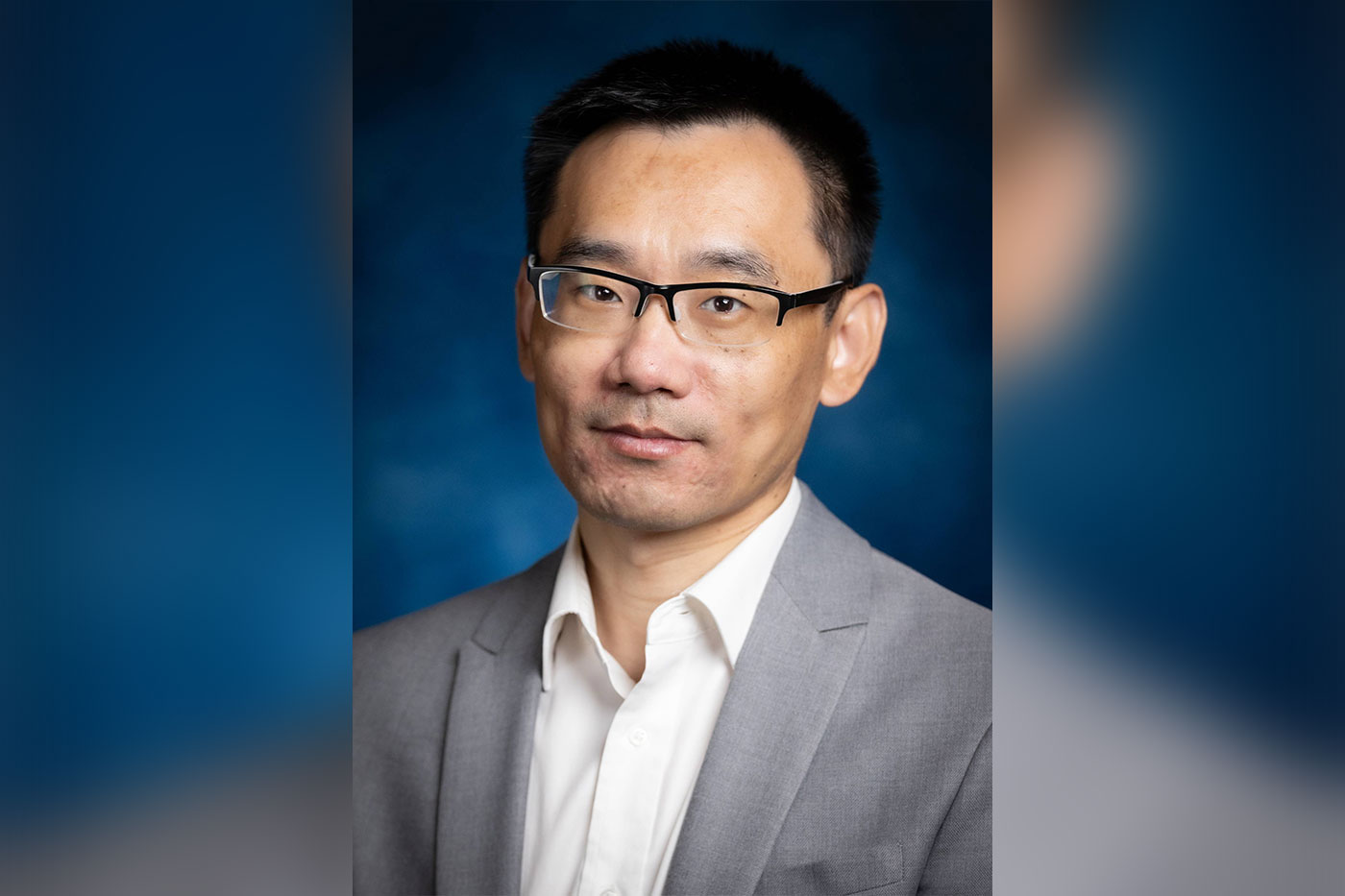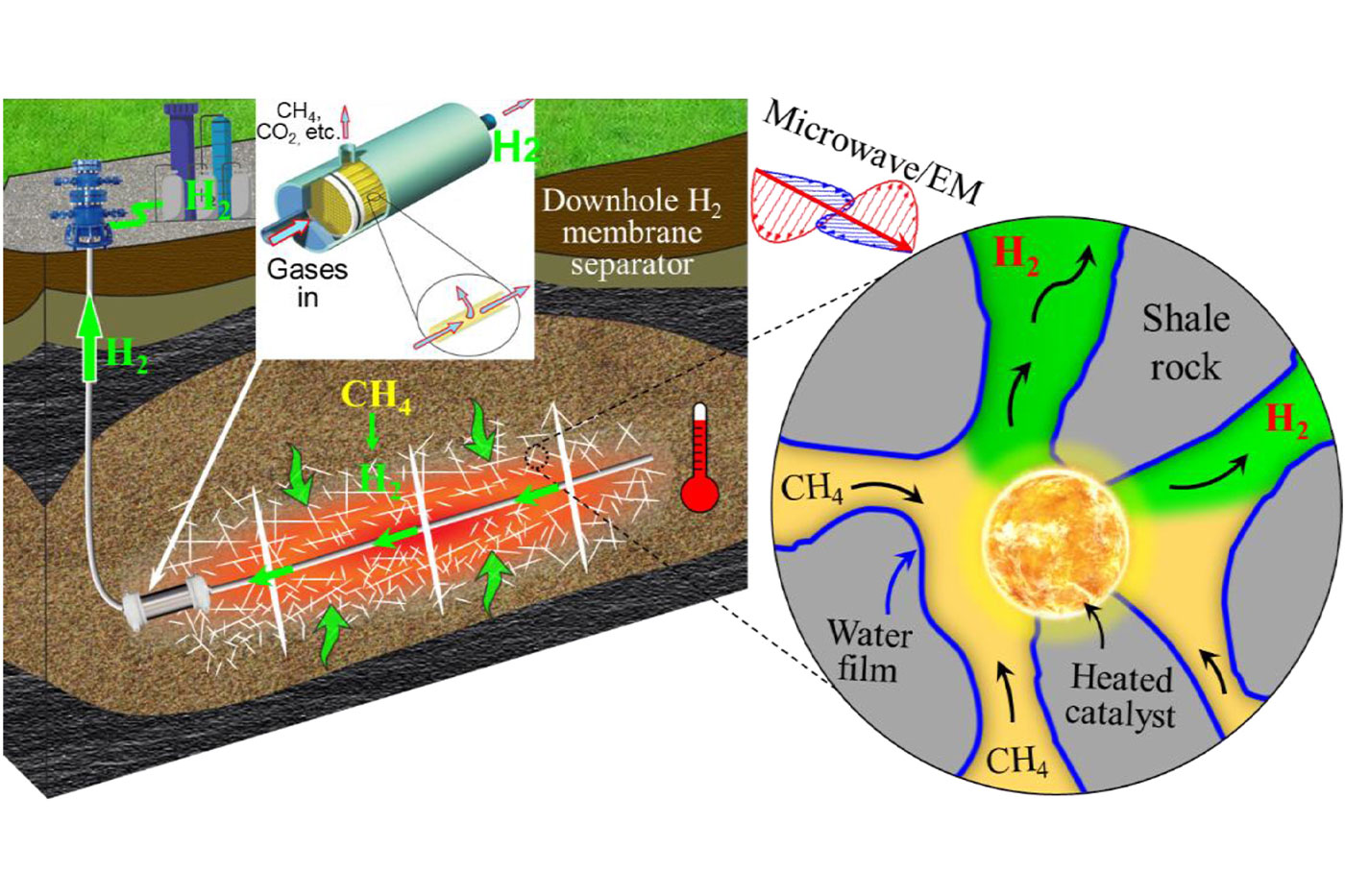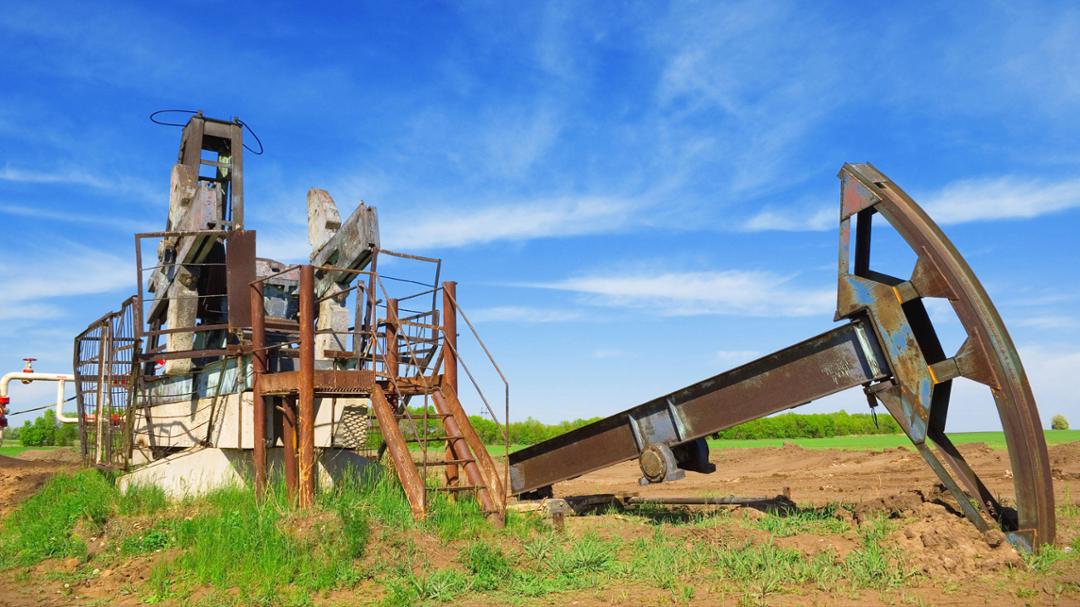Through a partnership with DiagnaMed Holdings Corp., this in-situ electromagnetic-assisted catalytic heating could provide an impactful zero-carbon energy source.
When Qingwang (Kevin) Yuan first heard about the U.S. Department of Energy’s “Hydrogen Energy Earthshot” initiative to achieve $1/kg hydrogen production by 2031, his first thought was, “What can I do?”
Yuan was well-positioned to seek out this answer as an assistant professor of the Bob L. Herd Department of Petroleum Engineering and founder of The Hope Group at Texas Tech University – focusing on in-situ HydrOgen production from PEtroleum reservoirs (carbon-zero) and natural HydrOgen Production from the Earth’s subsurface (carbon-free).
After a comprehensive literature review, he identified the scientific gaps and recognized potential to generate hydrogen directly from petroleum reservoirs.
“We know petroleum reservoirs very well,” he remembered thinking. “If we began work in this new area, that would be a big advantage for researchers in petroleum engineering to maximize the values of petroleum reservoirs for energy supply and security.”

Yuan developed his concept of in-situ electromagnetic-assisted catalytic heating in late 2020. This approach creates a high temperature in the petroleum reservoir near the well and converts the hydrocarbon into hydrogen in situ. Downhole hydrogen membrane is then used to extract hydrogen without any carbon emitted into the atmosphere.
His drive had finally led him to a zero-carbon energy source that could have a worldwide impact.
By 2021, Yuan filed a patent for his technology and published several papers. Shortly after, he was pleased to earn funding from the U.S. Department of Energy (DOE), National Science Foundation, American Chemical Society (ACS) Petroleum Research Fund and the CH Foundation.
In addition, several companies began to contact him to discuss collaboration opportunities.
“We begin to realize, ‘This has big potential,’” he recalled.
Through a collaboration with the Argonne National Laboratory a few years later, in 2023, a techno-economic assessment found that the estimated cost of hydrogen through Yuan’s invention is about $0.86/kg H2 – even lower than the DOE’s goal.
Then there is the added benefit of reusing existing oil and gas infrastructure, offering a competitive advantage to hydrogen producers. These wells were abandoned since the oil and gas were already extracted and plugging them to ensure oil does not leak to the surface leads to further costs.
“If we can reuse these kinds of wells, because the well and the facilities are already there, we can further reduce the cost of this technology,” Yuan explained. “So, we can make this abandoned reservoir become more valuable to oil and gas companies.”

Yuan recognizes his technology still needs a pilot test so it can be further improved. Before the 2025 new year, he was grateful a partnership opportunity arose with DiagnaMed Holdings Corp., that would take care of this need and eventually lead to the commercialization of Yuan’s invention.
“This collaboration marks a significant milestone in our mission to drive innovation in hydrogen production,” said Fabio Chianelli, chairman and CEO of DiagnaMed. “By transforming over 25,000 active oil and gas fields globally and repurposing 2-3 million abandoned wells in the United States, this technology not only meets global clean energy demands but also strengthens our commitment to a sustainable future.”
Yuan sees great benefit in the Edward E. Whitacre Jr. College of Engineering being only two hours away from Midland, where wells and reservoirs are located that could be potentially used for the pilot test. He is hopeful to use those results to further increase the technology’s hydrogen production, as well as cultivate new collaborations with other oil and gas companies.
As global hydrogen demand surges, with the market projected to grow from $262.13 billion in 2024 to $556.56 billion by 2034, DiagnaMed is positioned at the forefront of zero-carbon energy generation thanks to its commercialization initiatives combined with Yuan’s pioneering technology. Together, they plan to drive the transformation of the energy landscape and support the transition to a low-carbon economy.
“I’m glad they are very passionate about this technology,” Yuan noted, “as well as the Department of Petroleum Engineering, which has provided strong support to my research. Indeed, I have found a lot of advantages to do this kind of work at Texas Tech.”

